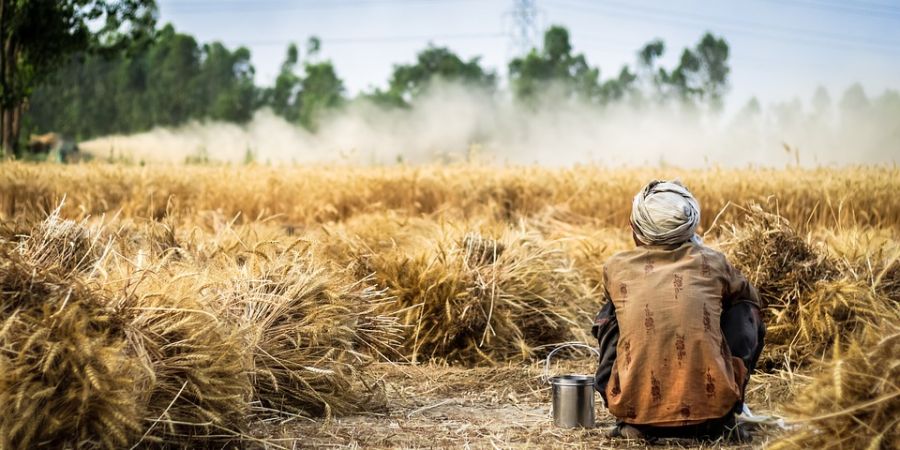

In India, a developing nation, agriculture is the principal industry for the vast majority of the population, who live in rural areas.
However, despite living in the same manner as they did thirty years ago, these rural residents still do.
Because farming is no longer a lucrative industry in India. We'll list the issues that farmers today are dealing with in this article.
India's farmers deal with the following major issues.
Lack of high-quality seeds availability
Unavailable Modern Equipment
unreliable irrigation systems
Fragmented and Miniscule Agricultural holdings Dealing with middlemen and local traders
Storage capacity is lacking
Unavailability of good Quality of Seeds
Seeds are the basic input or raw material for the farmers to grow crops. But there is a lack of availability of the good quality of seeds in the market. And if the good quality seeds are available, they are so expensive that the poor and marginal farmers are not able to afford.
Due to this, farmers are bound to use the traditional seeds which less productive and yields fewer crops. Most of the certified seeds manufacturers in India are private companies.insufficient modern equipment
Even in 2020, the bulk of Indian farmers still employ conventional farming implements like the sickle and plough. Energy and effort are wasted as a result, and the output per worker is decreased.
The machine is hardly ever used for transporting, harvesting, or irrigation. Farmers are not using contemporary equipment for two reasons. They are unaware and unable to afford such equipment, to start with.
inadequate irrigation systems
One of the necessary measures for a crop to flourish perfectly is irrigation. However, did you realise that India's total land area only has enough irrigation facilities on offer for a third of it?
Despite having the second-largest amount of irrigated land in the world, India still has this issue.
Dealing with local traders and middleman
It is a problem a farmer faces at the end of all agricultural activity. This is why we have also mentioned it in the end. But don’t judge the importance of this problem by its position.
We often see in the news that farmers thrown their crops on roads just because no one purchased it.Due to the absence of mandi houses and proper market places, farmers are not able to sell their crops and get a reasonable price. In this situation, they have to look for a middleman and local traders for business.
These middlemen don’t provide a reasonable price for their crops, and hence farmers are bound to either sell crops at a lower price or just throw at the roads.




